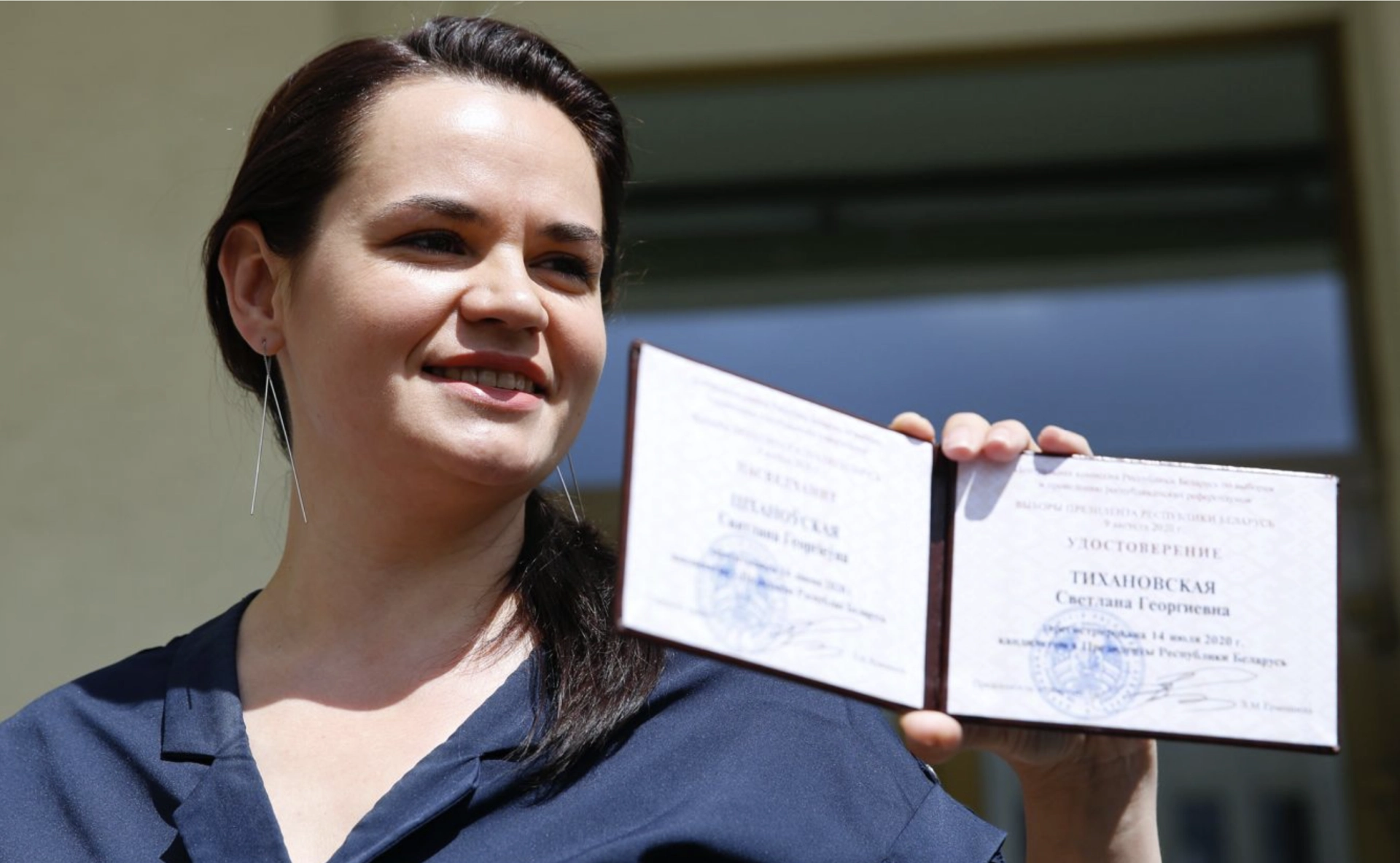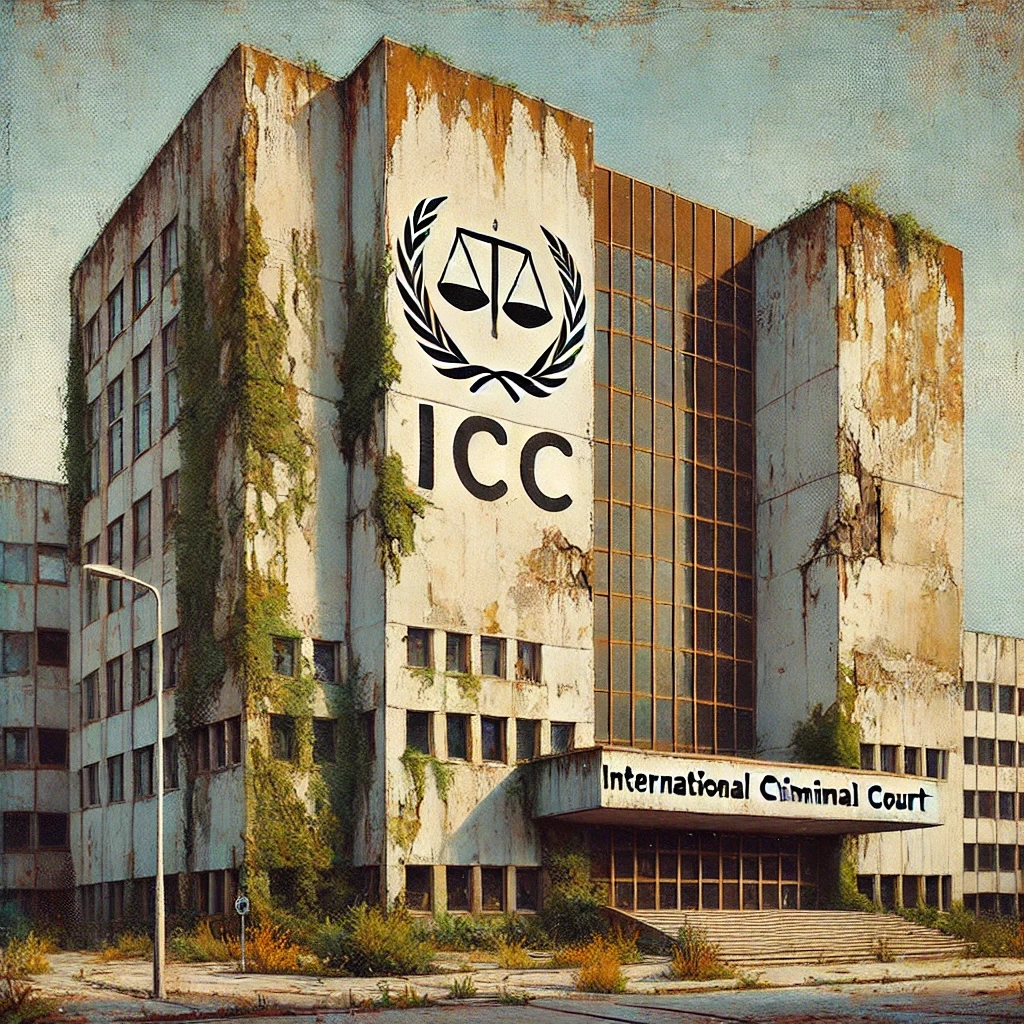What year will we celebrate on January 1st? Of course, 2025 AD, you’ll say. And you’ll be right! But not in the sense of the physical birth of baby Jesus, often depicted in numerous pre-New Year displays, but in the sense of a different kind of birth!
The traditional version suggests that Jesus began His ministry at the age of 30. This age was still considered relatively young for a spiritual leader, especially in the Eastern culture of that time, which often emphasized the age of a prophet, sometimes even exaggerating it. Abraham was called by God to leave his homeland and follow the covenant at the age of 75 (Genesis 12:1–4). Moses, according to Old Testament tradition, was 80 years old when he began his mission. While these figures may not align with historical accuracy, they highlight that life experience and wisdom gained over years were key qualities for spiritual leadership.
In the Gospel of John, the Jews addressing Jesus say, "You are not yet fifty years old" (John 8:57). Could they have been so wrong in estimating His age? Unlikely! People of that time could easily determine someone’s age (no Botox existed yet), and they would hardly have mistaken a 30-year-old man for someone “almost fifty.” Furthermore, it’s unlikely that a thirty-year-old would have gained the authority and religious reverence of ordinary people accustomed to respecting the elders. His sermons would have been more likely to provoke skepticism than religious awe.
So, how old could He have been when He began to preach?
Determining more precise dates for Jesus Christ’s birth can be done by examining both astronomical and historical data. Lunar phase analyses using modern astronomical calculations (https://science.nasa.gov/eclipses/) indicate that the full moons corresponding to possible conception dates coincided with the equinoxes: September 25, 13 BC (autumn equinox), and March 22, 12 BC (spring equinox). Considering the nine-month pregnancy cycle, these dates point to possible conception periods for John the Baptist and Jesus Christ, who was exactly six months younger than His cousin: “In the sixth month, when Elizabeth (mother of John) heard Mary’s greeting, the baby leaped in her womb” (Luke 1:26, 41). Thus, their births astronomically align with a likely occurrence in 12 BC.
This interpretation is supported by references to signs such as the star seen by the Magi: “And behold, the star that they had seen in the east went before them until it came and stood over where the child was” (Matthew 2:9–10). This “star” could have been either the conjunction of Jupiter and Saturn in the constellation Pisces in 7 BC or Halley’s Comet, visible in 12 BC. The description of the star as moving suggests it was more likely a comet than the relatively static alignment of two planets. Thus, astronomical data point to the birth of Jesus in 12 BC.
Historical Data
Historical evidence, though slightly inconsistent with astronomical data and more symbolic in nature, also points to Jesus being born before the "year zero." According to the Gospel of Luke (2:1–3), the census during which Joseph and Mary traveled to Bethlehem was conducted by order of Emperor Augustus. One such census likely took place around 8–7 BC during a tax reform in the Roman Empire. Furthermore, the Gospel of Matthew (2:1–19) clearly states that Jesus was born during the reign of Herod the Great, who was disturbed by the astronomical signs of the "king of the Jews" and died in 4 BC.
Considering the census and Herod’s rule, the most likely date for Jesus’ birth falls between 12 and 8 BC. If we assume that Jesus began His ministry at the age of 42–45, the statement by the Jews, "You are not yet fifty years old," becomes more understandable. In the eyes of those around Him, Jesus, though not an elderly man, appeared mature enough to claim spiritual leadership.
The Second Birth of Jesus
But what date became the starting point of the new era, from which we now count the New Year? This moment is described in the Gospel of Luke (2:41–50). At the age of 12, Jesus demonstrated His first conscious understanding of His spiritual purpose. When His parents were searching for Him, He said, "Did you not know that I must be about My Father’s business?" These words signify the moment of recognizing His mission and connection to God. This can be viewed as a symbolic "second birth"—the realization of His spiritual nature and purpose.
The concept of "second birth" is found in various cultures. In Rome, Emperor Octavian Augustus was believed to have attained divine status at the age of 12. In Indian tradition, Brahmin boys underwent the Upanayana ceremony at this age, receiving a sacred thread and beginning their Vedic studies. In Zoroastrianism, the Navjote ritual introduced children to religious life, while in Judaism, the Bar Mitzvah marked the beginning of religious responsibility. Similar rites existed among indigenous peoples of the Americas, Africa, and in ancient Greek mysteries, where participants underwent symbolic death and rebirth.
Thus, the "year zero" of the new era is not associated with the physical birth of Jesus but with His spiritual awakening at the age of 12 when He realized His mission. The year 2025, which we will celebrate, is aligned with this spiritual or "second" birth of Jesus as a boy rather than His physical birth. This underscores the uniqueness of Christmas and New Year as symbols of renewal and the beginning of a new journey. Let this New Year also become a time of spiritual rebirth, rethinking one’s mission, and moving toward a better world.









